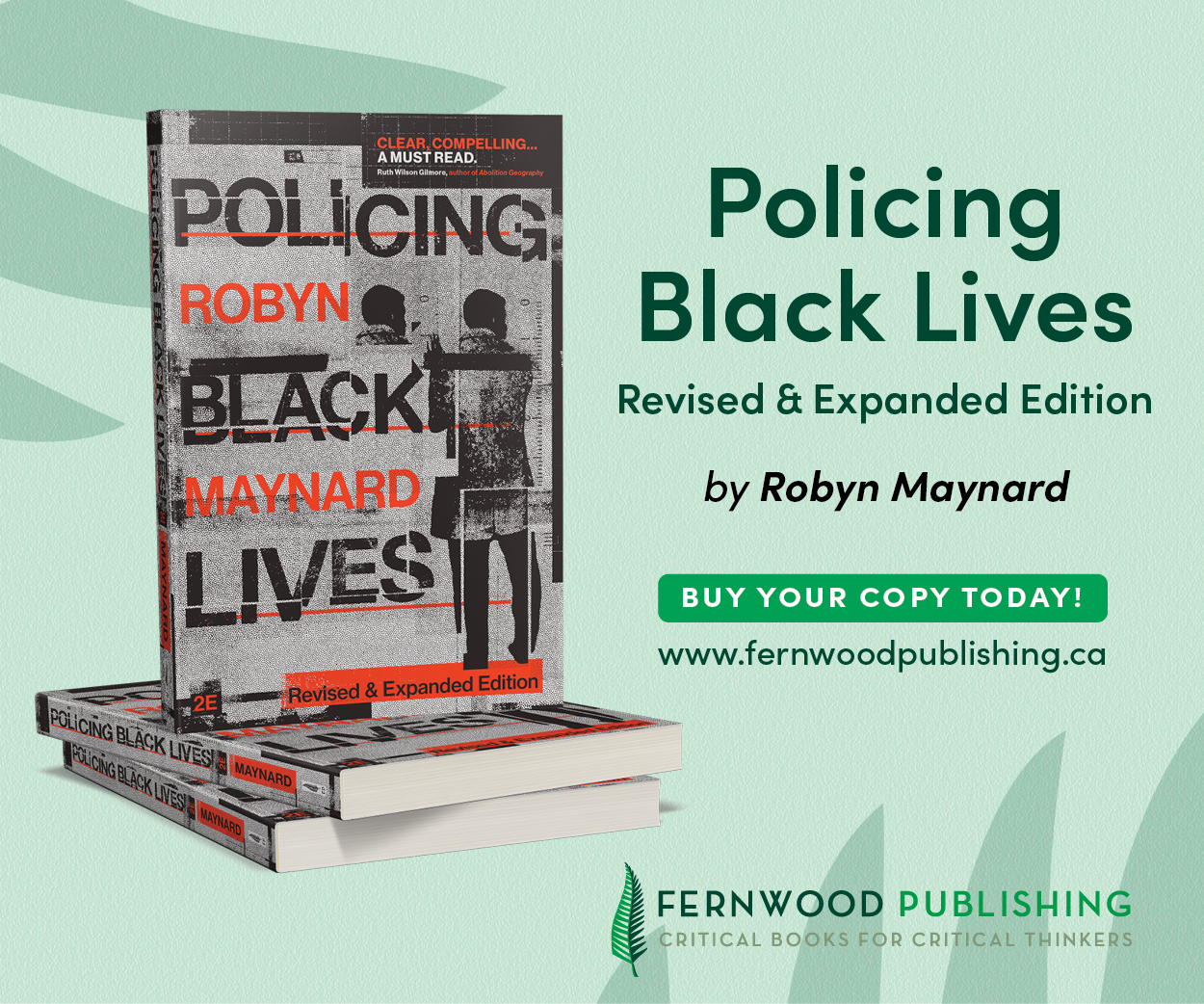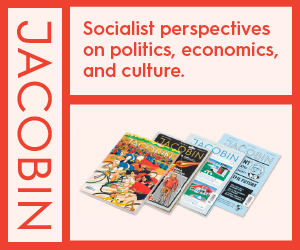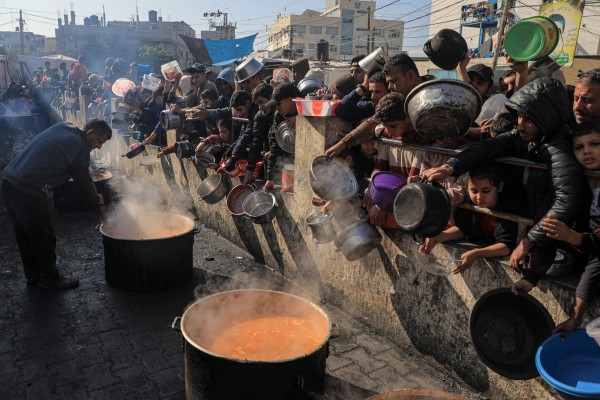Caroline Elkins explores the ruthless violence and ideology of the British Empire
‘Legacy of Violence’ is a highly informative contribution to current debates about remembrance and history-making

“The Battle of Isandlwana” by Charles Edwin Fripp (1854–1906), depicting one of the worst disasters suffered by the British Army in the late nineteenth century. Image from Wikimedia Commons.
“What is imperialism but a political and economic system of violence? How do you think [the British] acquired their empire? Was it not violence? How is it being maintained? Is it not by violence?… Why, it seems to me that violence is the high priest of imperialism.”
—George Padmore
While researching her 2005 book Imperial Reckoning: The Untold Story of Britain’s Gulag in Kenya, Harvard professor Caroline Elkins unearthed a document that would be of great importance in holding the British government legally accountable for one of its countless imperial atrocities. The June 1957 document—a secret memorandum between Kenya’s Governor Evelyn Baring and Colonial Secretary Alan Lennox-Boyd—revealed in no uncertain terms that the British government was aware of and covertly approved systematic torture in the network of concentration camps it established to destroy Kenya’s anti-colonial Mau Mau resistance. Baring wrote:
[Colonial officer Terence] Gavaghan has been perfectly open with us. He has said that he can cope with a regular flow in of [prisoners] and turn them out later to the district camps. We believe that he will be able to go on doing this a very long way down the list of the worst detainees. But he can only do it if the hard cases are dealt with on their first arrival in a rough way… There must be with some a phase of violent attack.
Baring later told Lennox-Boyd how camp officials dealt with instances of the “Mau Mau moan,” or a camp-wide chant of defiance against colonial authorities:
…it was essential to prevent the infection of this ‘moan’ spreading through the camp, and that accordingly a resistor who started it was promptly put on the ground, a foot placed on his throat and mud stuffed in his mouth; and that a man whose resistance could not be broken down was in the last resort knocked unconscious.
In response to these reports, Attorney General of Kenya Eric Griffith-Jones drafted a series of justificatory laws, which were approved by Lennox-Boyd. These codes approved the use of “compelling force” of the sort described by Baring “when immediately necessary to restrain or overpower a refractory detained person, or to compel compliance with a lawful order to prevent disorder.” In other words, London expressly legalized the use of torture in its colony.
On the ground, other “lawful” actions taken by colonial authorities against Kenya’s Kikuyu population included: electric shock torture; the dragging of prisoners behind vehicles until they were dead; burning with cigarettes, fire, and hot coals; the insertion of objects (including broken bottles) or live animals (such as snakes or rodents) into the rectums or vaginas of prisoners; and many more “Gestapolike” techniques that don’t merit individual itemization. These techniques of mass detention, torture, and psychological terror, usually paired with forced labour and the imprisonment or assassination of anti-colonial leaders, were a constant feature of British imperialism throughout the world, including in Malaya, India, Ireland, Palestine, Jamaica, Cyprus, Nyasaland, and the rest of the countries that constituted the Royal Family’s 700 million “subjects” at the height of the empire.
In 2009, five elderly Kenyans filed suit against the British government, alleging “systematic torture and abuse” at the hands of colonial authorities and demanding £300,000 pounds in damages for their “pain, suffering, and loss of amenity.” During the trial, the documents uncovered by Elkins played a significant role in establishing that London officials were entirely aware of the sadistic and repressive measures being inflicted on colonized people of Kenya. Ultimately, Justice Richard McCombe sided with the camp survivors, who reached a settlement with the British government several years later.
In addition to serving an important legal function decades after Kenya’s formal independence, the correspondence between Baring and Lennox-Boyd presents a clear example of what Elkins calls the “systematized violence” and “legalized lawlessness” that defined the British Empire. The methods by which the violence and lawlessness of imperialism repressed resistance and created the conditions for economic exploitation comprise one important part of Elkins’ focus in her new book, Legacy of Violence: A History of the British Empire—the other primary focus is the way in which Britons of all classes excused these abuses and used them to re-legitimate Britain’s imperial goals of “progress” and “civilization.”
In short, Elkins aims to illuminate the empire’s true nature by examining the ways in which Britons from all walks of life responded to moments of “violent rupture” in the colonies—such as the 1857 “Indian Mutiny” or the 1916 Easter Rising or “Malayan Emergency” of the 1950s—and justified the extreme violence which Britain deployed to quell these anti-colonial uprisings. More broadly, she is interested in the ways in which Britain’s repressive and ideological reactions to upsurges of coordinated resistance informed the character of anti-colonial organization and the development of postcolonial nation states. Elkins asserts this aim very clearly in the book’s penultimate chapter, where she writes that “we must… center liberal imperialism’s state-directed violence… to see how and why Britain’s empire helped shape the modern world.”
“Battle of the Shanghai” by Richard Caton Woodville, Jr. (1856–1927). Image from Wikimedia Commons.
The term liberal imperialism is frequently singled out by Elkins’ interviewers, who sometimes contend that there is a contradiction of some sort between the concepts of liberalism and imperialism. As Elkins outlines early in Legacy of Violence, there is no such contradiction, and in fact the two are “mutually constitutive.” Her explanation of liberalism’s political and philosophical underpinnings makes this clear:
[Liberalism] regarded private property as an indicator of success, the free market as a vehicle for the common good, and science and technology, and with them reason and method, as fundamental to human progress. When looked at historically, imperialist expansion, as witnessed in the vast empire under Queen Victoria’s domain, was inherent to liberalism’s ideology of universalistic notions of progress, the extension of capitalism, and moral claims.
Elkins’ history is not a materialist one, although political economy suffuses her analysis of the development and expansion of Britain’s liberal imperialism. As she explains while establishing the analytical framework of her book, Legacy of Violence is “a history of how and why exceptional state violence unfolded across the second empire and in what ways its systems were conceived, enacted, experienced, understood, and exonerated both in the colonies and in Britain.” It is not an exploration of the capitalist roots of white supremacy, or of the mechanisms by which the underdevelopment of the periphery feed the development of the metropole. In many ways, it is an analysis of imperial idealism in the nineteenth and twentieth centuries, and the ways in which Britain’s dominant liberal philosophy justified the use of extreme violence against anti-colonial resistors on the basis of progressive developmentalist ideals, which took for granted that white Britons were the pinnacle of progress and development and thus bore the burden of “civilizing” the “uncivilized” world.
Some historical materialists may instinctively retreat from this analysis because, as Elkins states in the introduction, it is not a Marxian one. Nevertheless, one gets the sense while reading that the lack of a materialist framework is not the result of dismissive omission but is rather a matter of emphasis. Elkins is aware of the centrality of historical materialism to analyses of capitalism and empire, and she references the work of Vladimir Lenin, Walter Rodney, George Padmore, and other communist intellectuals as useful supplemental material. Overall, her focus on the ideology of empire is both a strength, as it allows her to conduct a deep and focused interrogation of the liberal imperialist justifications of progress and development that were conjured to obfuscate instances of intense repression (such as the concentration camps in Kenya and Malaya), but it is also a limitation in that a reader seeking to learn about the economic mechanisms of the British Empire will need to consult outside texts to get the most out of Elkins’ book.
As the title of her latest release implies, violence of both the colonizer and the colonized is central to Elkins’ argument. While the violence of empire was often characterized within Britain as a disciplinary, pedagogical response to the childish tantrums of the oppressed—many British imperialists even lauded the “moral effect” of violence inflicted on intransigent “savages”—the violence of anti-colonial resistance also played a defining role in the reinforcement of liberal imperialist attitudes in the metropole. Elkins writes that:
…imperial contingencies [or violent ruptures], which invariably included subjects’ purported savagery that needed to be tamed and reformed using violence, the White Man’s Burden of ruling, and occasional bad applies were not mere window dressing but rather inherent to a liberal imperialism that shaped not only Britain’s rule in the empire but also national imaginations at home.
In other words, the very fact that resistance existed amongst colonized peoples was taken as evidence that liberal imperialism had not yet expunged the “savagery” from “the native,” and thereby used as justification for an even deeper institutionalization of systematized violence and lawlessness.
Violence in the context of empire, whether repressive or emancipatory, was inevitably cast into the devilish cauldron of liberal imperialism and used to invigorate its tenets of white supremacy, pro-capitalism, and universalist “progress” at home and abroad. In the end, it must be understood that any gains in the areas of political independence and decolonization in the colonized territories was not the result of a sea change in public opinion within Britain, but of the continued struggles of the colonized peoples themselves. Elkins stresses this fact with an apt Frantz Fanon quote near the end of her book: “Whatever gains the colonized make through armed or political struggle, they are not the result of the colonizer’s good will or goodness of heart but to the fact that he can no longer postpone such concessions.”
More often than not, Britons found ways to integrate their knowledge of imperial atrocities into a persistently pro-empire worldview—and many continue to do so, as evidenced by the fact that in 2019, a YouGov poll found that only 19 percent of British recipients believed the empire is “something to be ashamed of.” Thirty-two percent of recipients believed that the empire is “something to be proud of,” while 37 percent believed they should neither be proud or ashamed of their imperial history. According to these numbers, Britons are more likely to pine for the days of imperial grandeur than people in France, Italy, Spain, the Netherlands, Belgium, Germany, and Japan, a fact that makes interventions such as Elkins’ frustratingly necessary.
Throughout the nearly 700 pages of Legacy of Violence, Elkins constructs a longue durée view of the British Empire, beginning in the late 1700s and moving through the Victorian era, the World Wars, the “imperial resurgence” of post-Second World War Britain, the “new liberal imperialism” of the Blair government, and the comparatively recent rise of right-wing imperial nostalgists such as Nigel Farage and Boris Johnson. The majority of her book, however, is concerned with the reasons behind specific anti-colonial uprisings, and the repressive and ideological reorganization that followed on the part of the British—or, as she puts it, “how and why Britain enacted these large-scale measures [the concentration camps, the torture facilities, the paramilitary police forces, the imprisonment and assassination campaigns] and the ways in which Britons understood, legitimated, and re-legitimated them.”
In summary, her deeply researched analysis of the violence and ideology of the British Empire is an instructive, highly informative contribution to current debates about remembrance and history-making in imperial-colonial countries, and it is especially enriching when supplemented with political economy and historical materialist writings.
Owen Schalk is a writer based in Winnipeg. He is primarily interested in applying theories of imperialism, neocolonialism, and underdevelopment to global capitalism and Canada’s role therein. Visit his website at www.owenschalk.com.










